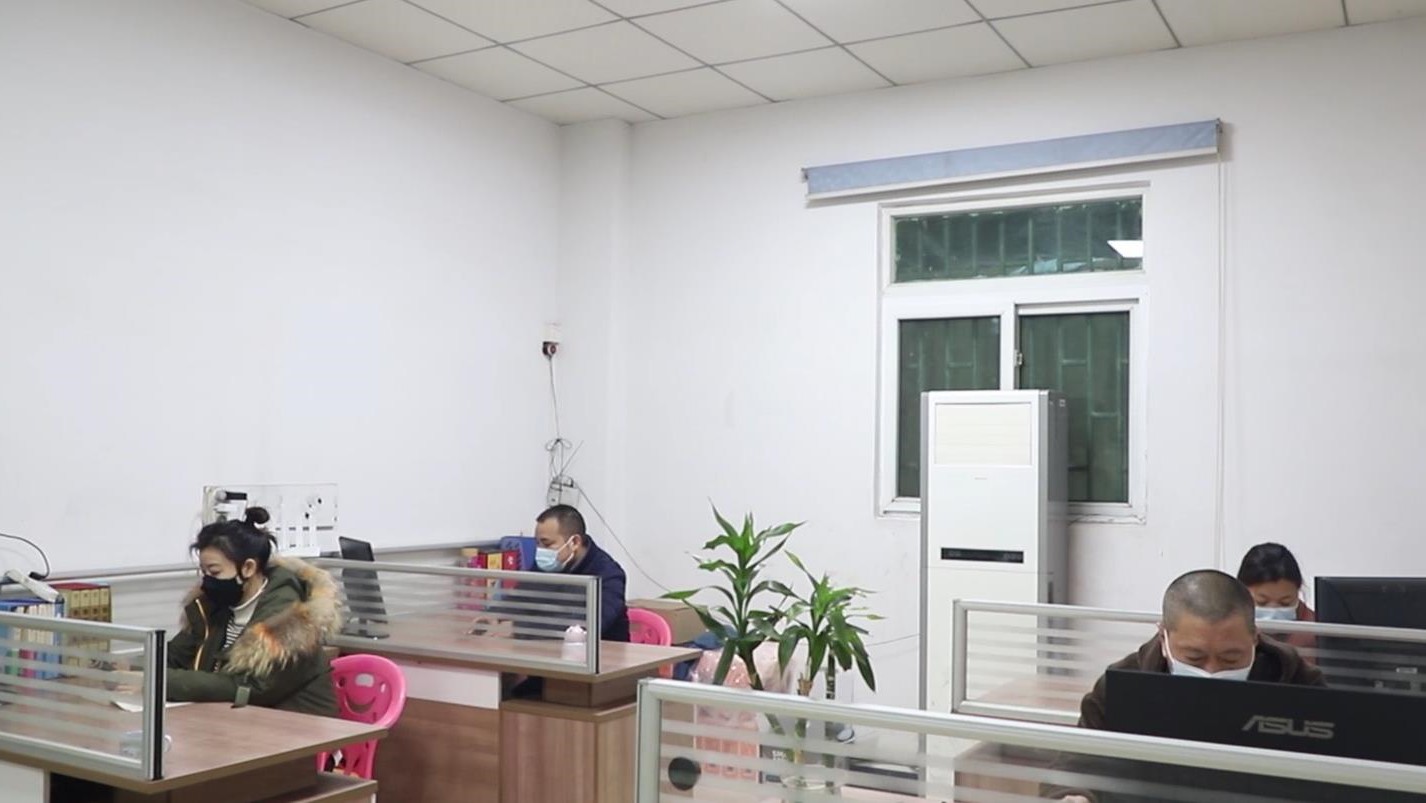
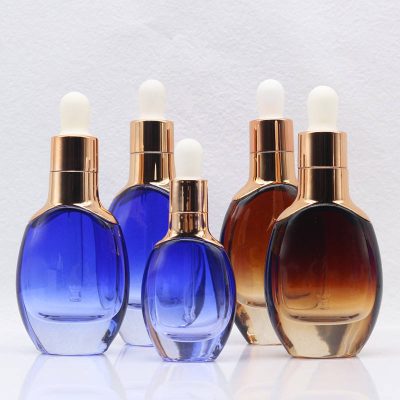
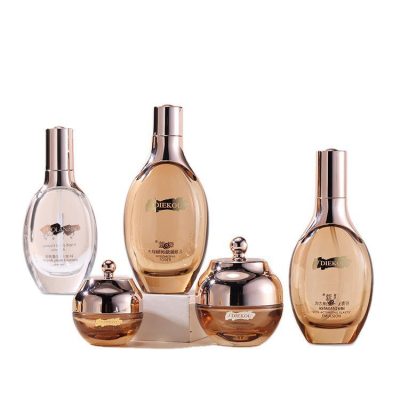
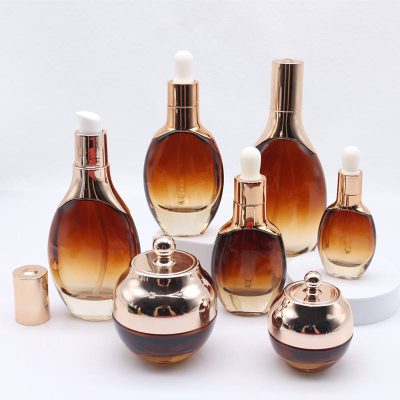
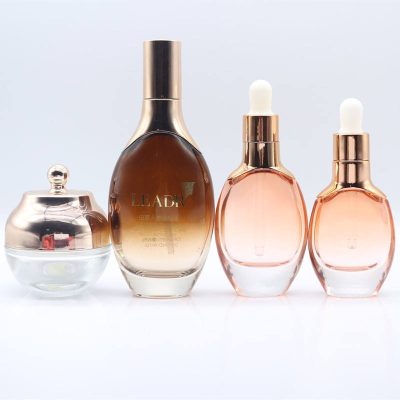
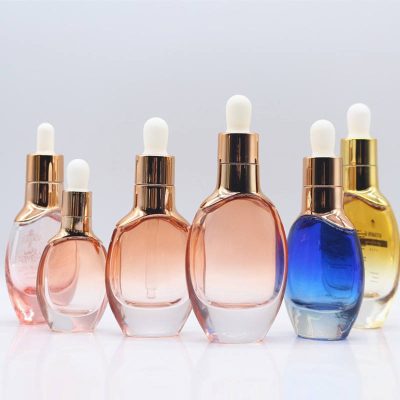
| Product | Essential Oil Bottle |
| Material | glass |
| Volume | 40ml |
| Color | custom |
| Usage | Essential oil,cosmetics oil,person skin care |
| Cap | Childproof dropper,screw cap, dropper cap, spray pump, lotion pump, phenolic cap |
| MOQ | 30 |
| OEM/ODM | Acceptale |
| Lead time | 30 days around |
| Sample Time | 3 days if in stock. 15 days around if customized. |
| Application | serum/essential oil/foundation/essence. etc |
The container of essential oil can be divided into glass according to the material. The container of edible essential oil can be divided into glass according to the material. Use the third type of medicinal soda-lime glass (soda ash-lime glass) or colored light-blocking glass. Whether the essential oil bottle you usually buy meets this standard , it depends on whether the manufacturer supplies medicinal glass containers. Stainless steel must contain at least 13% chromium and nickel or manganese. For aluminum products, the purity of aluminum must be at least 99% by mass, and the total of all impurities must not exceed 1% by mass. Essential oil, the English name is essential oil, is a kind of secondary metabolite that exists in different parts of plants such as flowers, leaves, stems, roots or fruits. It is mostly a volatile aromatic oily liquid at room temperature, mainly composed of terpenes, alcohols compounds, phenols, aldehydes, esters, ketones and other compounds. The compound components contained in each plant essential oil range from a dozen to hundreds of species, and the content of each component is not fixed, which will vary greatly with the plant variety, place of origin, habitat, growth period, etc. These compounds are also important aroma components of essential oils.
Essential oil grades by use. The first level, edible-grade essential oil, is also the most strictly controlled essential oil, and it is also the first-level aromatherapy level we usually refer to. Especially in Europe, the EU decree has restrictions on the content of heavy metals including arsenic, lead, cadmium, and mercury. In addition, pesticide residues are also within the scope of control. Because of the high cost of testing, non-food grades are generally not used. The second level, medicinal grade essential oils, many European countries have pharmacopeias and codexes to manage such essential oils. The third level, Cosmetic grade essential oils. Grade 4, essential oils used in the perfume industry. Grade 5, essential oils for industrial use.


